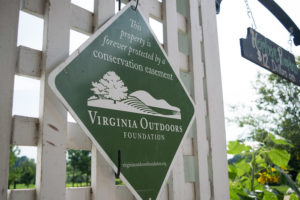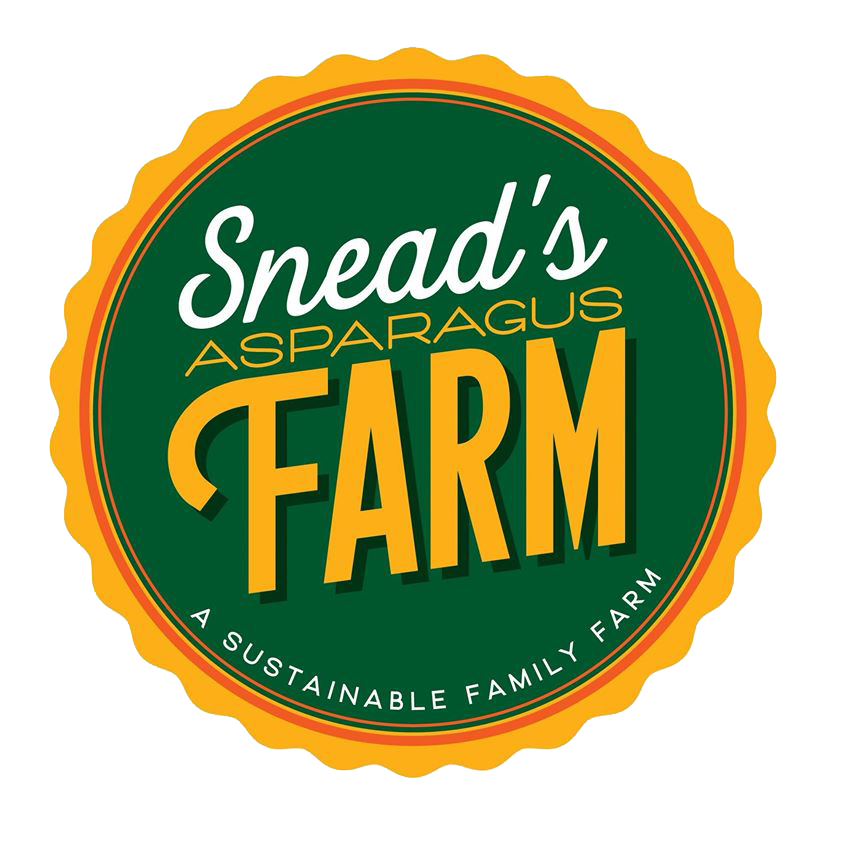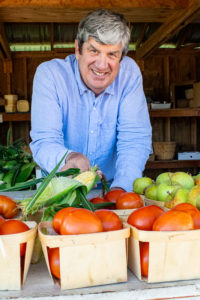Prices for Snead’s Farm produce items have not changed since 2020.
This Saturday, June 25, Snead’s Farm will open full-time for visitors and produce sales for the 2022 season. Now through Labor Day, we’ll be open seven days a week, 9 a.m. until 6 p.m.
The past year has been a time of economic volatility and turmoil unlike any period I have seen in my more than six decades of farming. I know many of my customers are also feeling this turmoil in the form of higher gas prices and larger grocery bills.
For that reason, I thought it would be important to share some of my own economic observations as a farmer, and to offer some explanation into how it is that produce prices at the Snead’s Farm roadside stand are no higher this year than they were two years ago.
Last fall, I remember thinking to myself that it felt like the beginning of the 1970s. Many signs led me to believe that high levels of inflation would soon become a way of life. For one thing, the economy was awash in the large amounts of money doled out to households, governments and businesses through the various pandemic-related stimulus programs.
But where I really saw red flags was in the labor market. Hiring workers in October 2021—a time when the farm is active with Fall Festival visitors and pumpkin harvesting—was harder than ever. Even after raising wages 25%, there just didn’t seem to be enough workers to hire. And while I was lucky to find a group of dependable individuals who carried me through the season, many of my newer hires would call out of their shifts with no fear of repercussions. This was something I’d never experienced in previous periods of economic turmoil.
At the same time, the price of fertilizer—an important farm input—was starting to creep up. In my experience, small increases in fertilizer prices are usually followed by large jumps. I thought at the time that the cost of fertilizer would double by this spring’s planting season. So I purchased all of my farm inputs for the entire year last fall.
But my prediction was wrong. The costs of farm inputs have not doubled since last fall—they have nearly tripled in some cases. For instance, the per-ton cost of potassium chloride—an important element of fertilizer—stood at $202.50 this time last year. Today it goes for $562.50 per ton—a 178% increase.
By locking in my input prices last fall, I’ve been able to avoid passing the increase in farming costs on to my customers. I’ve also changed the way I manage the farm.
For the first time ever, I’ve limited the amount of crop acreage to match the labor that’s available. I cut acreage back by planting fewer Christmas trees and less of certain items that have proven less popular in recent years, but I’ll still have the same amount of cantaloupes, watermelons, tomatoes and other popular produce this year.
This new approach has freed up 8 acres of land, and I’ve planted those acres with wildflowers and native grasses, which provide habitat for honeybees and wildlife such as quail and turkeys. The bees seem to approve, as I’ve got a bumper crop of Snead’s Farm honey to sell at the stand and share with my CSA members.
Those of you who enjoy bringing your families to visit the farm have noticed another way we’ve managed the rising costs of labor and farm maintenance—the farm is now open to visitors for four months per year instead of eight months. We’ll still be open now through the end of summer, and again in late September and October for our Fall Festival, but we’ve limited hours to these popular times to ensure we can staff appropriately.
Farming always has something new to teach you, and this post-pandemic period, as the world has also dealt with a war in Ukraine and a tightly constrained supply of fuel, has been one for the books. It’s never been more difficult to keep a family farm running, and I’ve watched a few long-time area farming families get out of the business. But while times may seem hard now, these conditions may look easy many years from now, when the world’s farmers must feed a population of 9 billion people.
I remember back in the 1960s, my father predicted that one day land for growing food would become as valuable as industrial land. He told me to be ready. Today, his prediction is coming true. The Pierson family farm on Tidewater Trail, known as Slaughter Pen Farm, was recently bought by the Civil War Trust for $57,700 per acre. Downtown Greens recently purchased 57 acres abutting Braehead Farm in Fredericksburg’s industrial park for nearly $40,000 per acre.
Farmland in the middle of nowhere all across America is being bought up at a record pace and at record prices by investors. As a result it will be harder and harder for the next generations of farmers to own their own farms.
I offer these observations to emphasize the importance of supporting all of our small local farms in the Fredericksburg region. Even though my three children may never farm, our family has placed Snead’s Farm under permanent conservation easement with the Virginia Outdoors Foundation, ensuring that it will remain in agricultural use in perpetuity.
Fredericksburg region. Even though my three children may never farm, our family has placed Snead’s Farm under permanent conservation easement with the Virginia Outdoors Foundation, ensuring that it will remain in agricultural use in perpetuity.
This year, my Community Supported Agriculture members are enjoying the products of some of the newest generation of farmers, as I am including produce from Idlewood Farm near Richmond and Farnham Produce Farm in Richmond County in my CSA boxes. They also enjoy the free-range eggs raised by Sam Hastings of Canning Farm in Dogue.
I hope that one day these young farmers can look back on the same long career I’ve been able to enjoy.
Emmett C. Snead III

